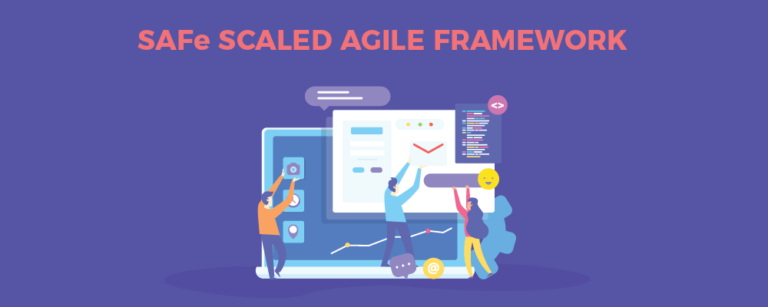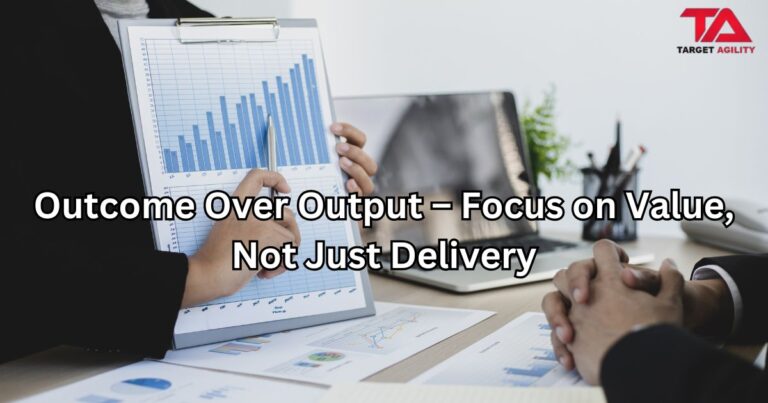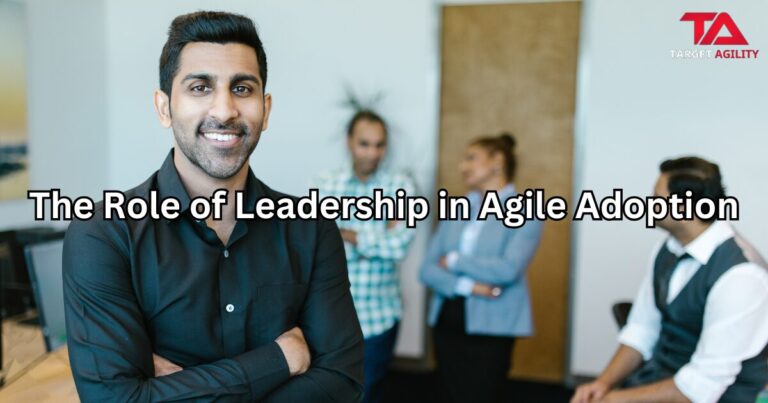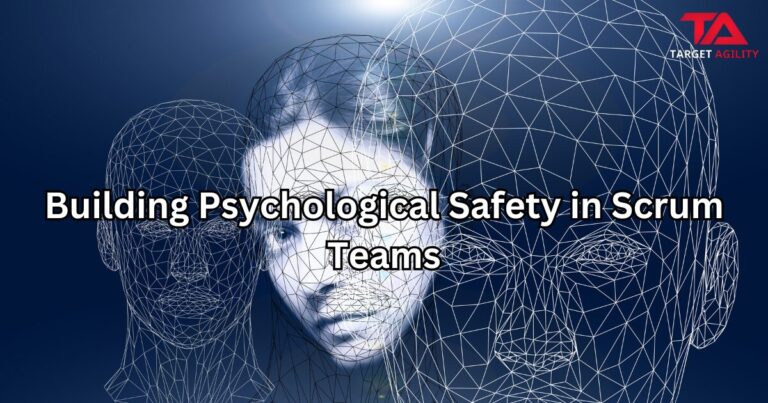Introduction
In the rapidly evolving world of software development, businesses are on a constant quest for efficient approaches to deliver value while staying competitive. Enter the Scaled Agile Framework (SAFe), a comprehensive and proven method to achieve agility at scale. Key to SAFe’s triumph is the clear definition of roles and responsibilities, ensuring seamless collaboration, alignment, and execution across large enterprises. In this blog, we’ll dive into the essential roles within SAFe and explore how they contribute to successful agile transformations.
1. Agile Team Level
1.1 The Agile Team
At the heart of SAFe are Agile Teams, small cross-functional groups of dedicated professionals accountable for delivering valuable increments of work. These teams, comprising 5-9 members, including developers, testers, and specialists, embrace iterative and incremental approaches, adhering to Agile Manifesto principles and practices like Scrum or Kanban.
1.2 Scrum Master
The Scrum Master acts as both servant-leader and Agile Team facilitator, ensuring adherence to Scrum principles and values. Their primary focus is on removing obstacles, nurturing collaboration, and fostering continuous improvement within the team.
1.3 Product Owner
The Product Owner serves as the voice of the customer, responsible for maximizing the value of the Agile Team’s work. By prioritizing the backlog, defining user stories, and providing clear requirements, the Product Owner ensures that the team delivers the right features at the right time.
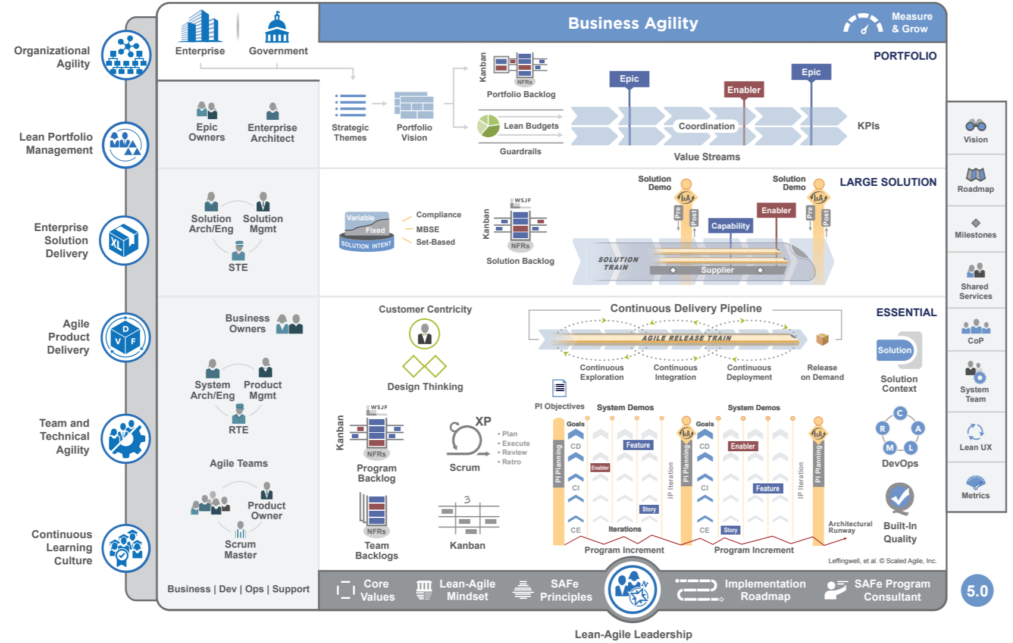
image credits to scaled agile
2. Program Level
2.1 Release Train Engineer (RTE)
At the Program Level, the RTE steps into the role of a servant-leader, facilitating Agile Release Trains (ARTs). Their primary responsibility is to ensure the smooth execution of program-level events, coordinate inter-team dependencies, and remove impediments to ensure successful delivery.
2.2 Product Management
Collaborating closely with Product Owners, Product Management defines the vision, roadmap, and features of the product. Their role is critical in aligning business objectives with customer needs, driving the development of valuable products.
2.3 System Architect/Engineer
The System Architect or Engineer provides technical guidance and assists in making architectural decisions at the program level. Ensuring that the solutions developed by Agile Teams align with the larger enterprise architecture is a vital aspect of their role.
3. Large Solution Level
3.1 Solution Train Engineer (STE)
At the Large Solution Level, the STE assumes the role of chief servant-leader, responsible for ensuring alignment, coordination, and successful solution delivery. They facilitate communication between Agile Release Trains and address dependencies across value streams.
3.2 Solution Management
Working hand-in-hand with Product Management, Solution Management defines the vision and roadmap of the large solution. Collaborating with stakeholders, they ensure a cohesive strategy that drives value delivery.
3.3 Solution Architect/Engineer
Similar to the role at the Program Level, the Solution Architect/Engineer ensures that the overall solution aligns with the enterprise architecture. Their technical expertise guides Agile Release Trains in delivering integrated solutions.
4. Portfolio Level
4.1 Lean Portfolio Management (LPM)
At the Portfolio Level, LPM establishes strategy and investment funding, aligning portfolio execution with the organization’s strategic goals. They oversee resource allocation, track progress, and make informed decisions to maximize portfolio value.
Conclusion
In conclusion, implementing SAFe successfully in an organization rests on understanding and embracing the defined roles and responsibilities. Each role plays a pivotal part in fostering collaboration, alignment, and value delivery at various organizational levels. By empowering individuals in their respective roles, enterprises can effectively navigate the challenges of scaling agile, leading to excellence in software development efforts.
SAFe empowers organizations to create a culture of continuous improvement, innovation, and customer-centricity, ultimately driving business success amidst the ever-changing market landscape.


